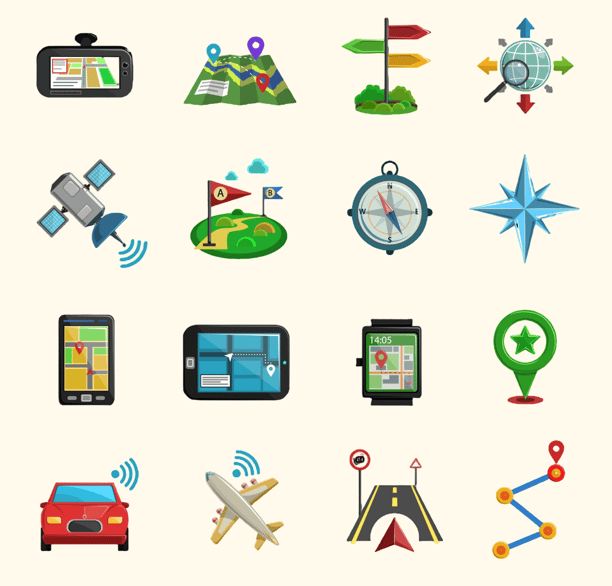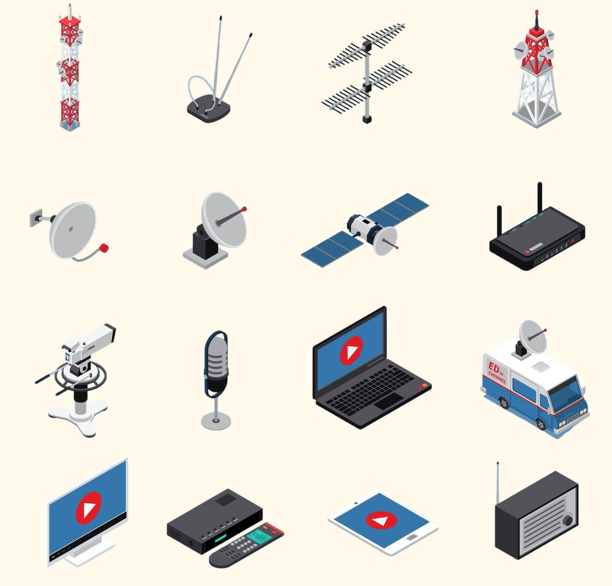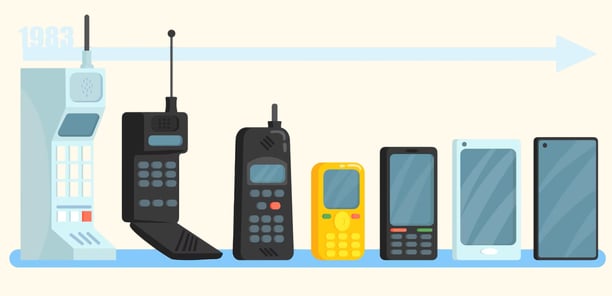Communication Tools
Effective communication during emergencies is essential for gathering information, coordinating with others, and seeking help. Power outages, damaged infrastructure, or disrupted networks can limit communication options, so it is crucial to have alternative tools and strategies in place.
PREPARE ESSENTIAL SUPPLIES
12/28/20242 min read
Communication Tools
Effective communication during emergencies is essential for gathering information, coordinating with others, and seeking help.
Power outages, damaged infrastructure, or disrupted networks can limit communication options, so it is crucial to have alternative tools and strategies in place.


1. Importance of Communication Tools
A. Staying Informed
Access updates about threats, weather conditions, or evacuation orders.
Monitor local alerts and announcements.
B. Coordinating Efforts
Communicate with family, friends, and community members to plan movements or resource-sharing.
C. Emergency Assistance
Signal for help if stranded or in danger.
2. Types of Communication Tools
A. Mobile Phones
The primary tool for communication in most situations.
Use messaging apps or offline maps when the internet is available.
Preparedness Tips:
Keep phones fully charged.
Use power-saving modes to conserve battery life.
Carry a portable charger or power bank.
B. Radios
Two-Way Radios (Walkie-Talkies)
Allow direct communication without relying on cellular networks.
Ideal for short-range communication (usually 1–3 miles).
Ensure radios are fully charged or have spare batteries.
Emergency Weather Radios
Receive weather alerts, news updates, and emergency broadcasts.
Hand-crank or solar-powered options are ideal for extended use.
HAM Radios
Provide long-range communication and can connect to emergency networks.
Requires licensing in some regions but is invaluable in large-scale emergencies.
C. Satellite Phones
Operate independently of local networks, making them reliable in remote areas or during widespread outages.
More expensive but provides global coverage.
D. Signal Devices
Whistles
Effective for short-range distress signals.
Use the universal SOS pattern: three short blasts, three long blasts, and three short blasts.
Flares
Visible over long distances for signalling in open areas.
Use with caution to avoid accidents.
Mirror or Reflective Devices
Can signal aircraft or distant rescuers during the day.
E. Written Communication
Note Cards and Markers:
Leave messages or directions for others if verbal communication is impossible.
Chalk or Spray Paint:
Mark paths, signals, or warnings on surfaces.
3. Communication Strategies
A. Backup Plans
Establish alternative methods of contact in case primary tools fail.
Pre-arrange meeting points and times if communication is lost.
B. Secure Channels
Avoid sharing sensitive information over unsecured or public channels.
Use codes or agreed-upon signals for privacy.
C. Network Use
Conserve battery by turning off cellular data or Wi-Fi when not needed.
Use text messages or lightweight apps like SMS when voice calls are unreliable.
4. Group Coordination
A. Assign Roles
Designate one person to monitor news or radio updates.
Assign someone to manage external communications, such as contacting emergency services.
B. Share Frequencies or Channels
For radios, agree on a specific frequency or channel for your group.
Perform regular checks to ensure everyone can communicate effectively.
5. Long-Term Considerations
A. Training
Learn how to operate HAM radios or other advanced tools.
Practice using signal devices and understand their limitations.
B. Equipment Maintenance
Regularly check the batteries and functionality of communication devices.
Protect tools from water, dust, and damage by storing them in waterproof bags or cases.
C. Redundancy
Have multiple communication tools in case one fails.
6. Example Communication Kit
Primary Devices
Mobile phone with a fully charged power bank.
Two-way radios (one per group member).
Emergency Tools
Hand-crank or solar-powered weather radio.
Whistle and signal mirror.
Advanced Tools
Satellite phone or HAM radio (if feasible).
Pre-written emergency contact information on laminated cards.
Spare Accessories
Extra batteries for radios.
Charging cables and adapters.
7. Common Mistakes to Avoid
Relying Solely on One Tool: Mobile networks can fail, so diversify your communication options.
Not Testing Equipment: Ensure all devices are functional and familiarize yourself with their operation.
Ignoring Updates: Stay informed about changing conditions via radio or local alerts.
Reliable communication tools are a lifeline in emergencies, ensuring you can stay informed, coordinate efforts, and signal for help. By combining modern devices with traditional methods, you can adapt to various scenarios and improve your chances of safety and survival. Proper planning, equipment, and strategy will make all the difference when it matters most.






